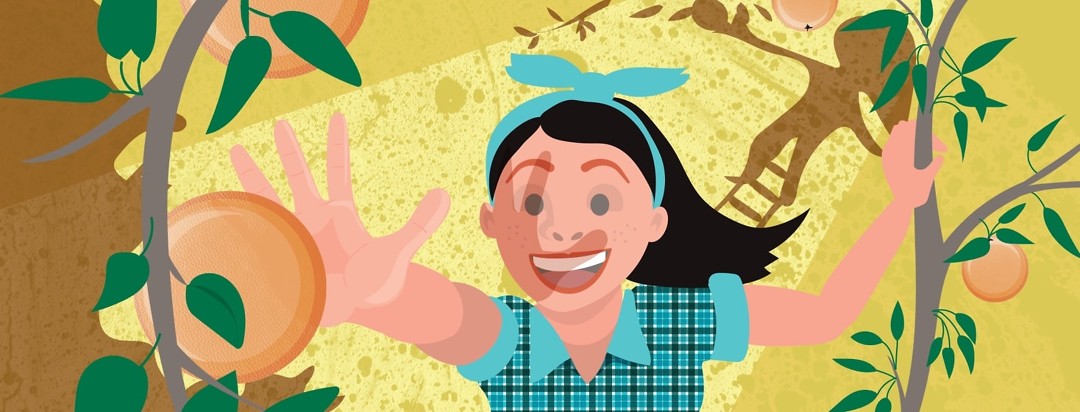Working on a Kibbutz, Wrecking My Skin
When a friend shared a photo taken of himself in Israel a long time ago, I found a photo of me when I lived on a kibbutz in Israel. I posted it to Facebook, prompting friends to say how good I used to look. I thanked them and jokingly wrote something along the lines of, “I guess that means I don’t look so great now.”
The tan skin of my youth
It was my junior year in high school, and I was much younger than I am now. I had youth and long dark hair on my side. I had a beautiful, perfect tan. I remember the red leather sandals I wore in those days. I thought they looked especially nice on my tanned feet. I'm sure I didn't put on any sunscreen. Nor did I wear a hat. Since this is a skin cancer site, you can probably guess where I'm going.
Our daily work outside
We got up before dawn and rode on a tractor out to the pear and orange orchards. I crawled under trees and got up on ladders. We picked fruit and returned for some of the most delicious breakfast food ever. The fresh bread, with butter and jam, is still warm in my memory. After a while, I wimped out on the orchard and transferred to the garden. In the afternoon, we sat by the pool. Or we laid down a blanket down and bathed in the hot sun. When my time on the kibbutz was over, I hitch-hiked around Israel (e-gads) with a girlfriend.
Living on a kibbutz
Children lived separately from their parents. I slept in a bunk bed, in a room with maybe six others. They visited their parents for some meals and on special occasions but mostly ate in a communal setting. They discontinued the practice in the 1990s. Here is some background on a kibbutz, from a blog post in The Times of Israel:
“For those who may be unfamiliar with what a kibbutz is, it is a collective community in Israel. The word kibbutz in Hebrew literally means a bunch or a gathering. The first kibbutz was established in 1909. They continued to be created, especially around the turn of World War II, when Easter European Jews fled Europe and the Nazi regime to a “promised land”. Today, there are roughly 270 kibbutzim in Israel.”1
After high school graduation, girls and boys went into the army. I kept in touch for a few years but lost track. I wonder what happened to them. With their security to consider, sunscreen probably wasn't on their list. I'm afraid some might have developed skin cancer. I certainly did.
My skin cancer contributors
I have gotten more squamous cell skin cancers than I can count, and the sun I got in those days is at least partially to blame. As I’ve written before, other contributing factors are:
- My stem cell transplants, which put leukemia patients like myself at risk for squamous cell cancers, and
- My daily dose of prednisone, which compromises the immune system.
I take prednisone to control graft vs. host disease. Frequently I ask my doctor if I can get off prednisone, but he doesn’t want to rock the boat. All I can do now is practice sun safety to the best of my abilities.
Despite the harm that the sun did to my skin, I have good memories of that summer. And I enjoy looking at the photos, even though they make me worry about my friends from that time. Also, they make me feel, well, kind of old.

Join the conversation